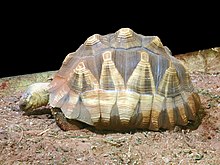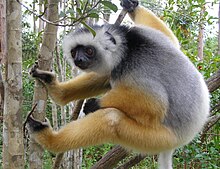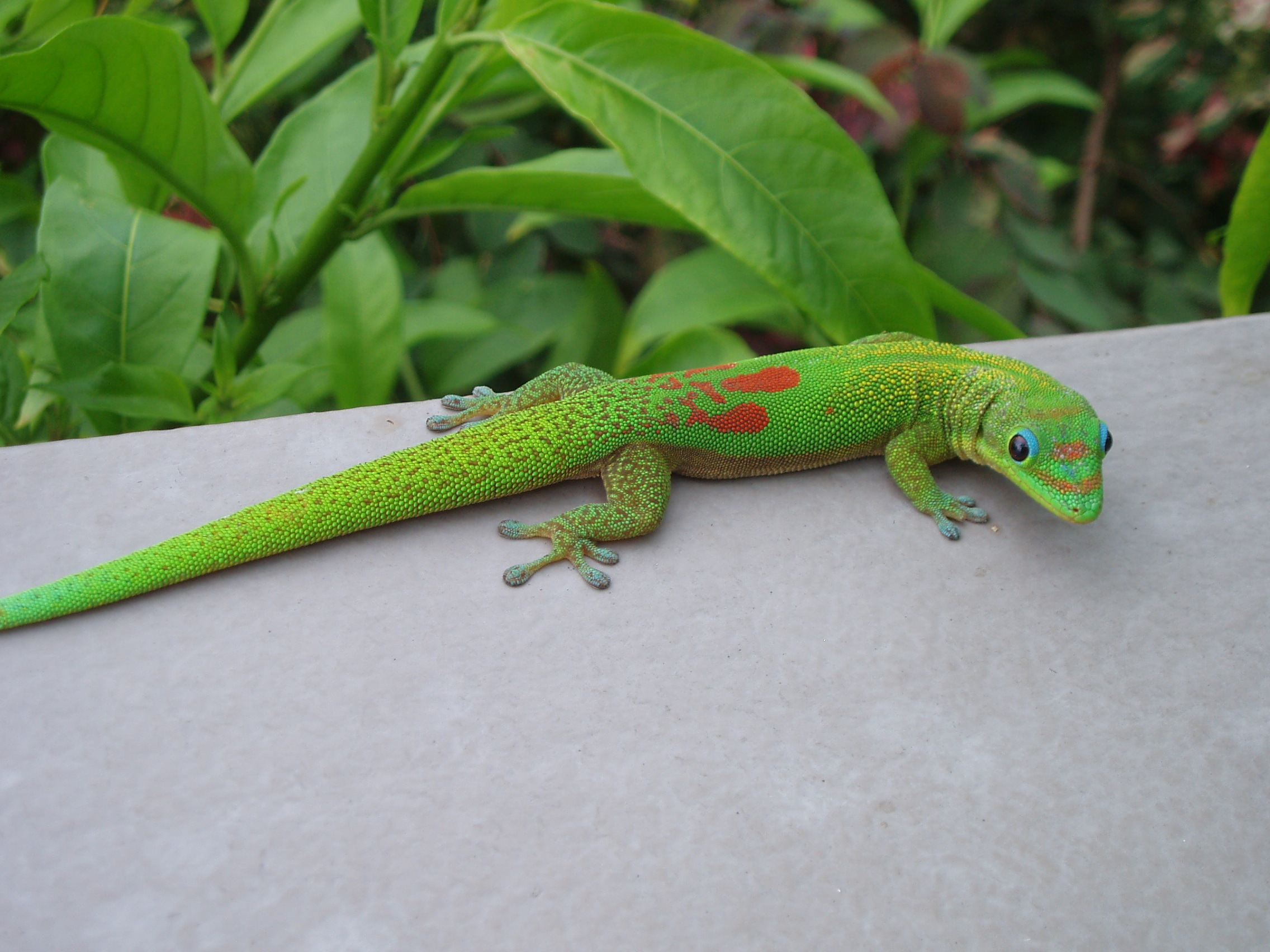
Sunday, May 1, 2011
Bird 2
Continuing on our voyage in the Baly Bay area, we spot a massive flock of Spoonbills. They're named, obviously, for their spoon-shaped bills. They resemble Storks or Herons, but never share habitats with them. We noticed that unlike most long-necked birds, they fly with their necks outstratched. Their young are often called immatures, or chicks.


Reptile 2
Our group was on a trip in Baly Bay. On the way to the coast, I spotted a rare Angonoka tortoise. It's an average sized tortoise, growing up to seventeen inches. It has a high dome. It's diet includes vegetation on the forest floor. They're offspring are known as hatchlings.


Mammal 3
While on a trip through Mantadia National Park, our group spots a pack of Diademed Sifakas. They are lemurs, rusty orange in color, with a white crown (or diadem) around it's head. Physically, it's quite large, about the size of a small human child. They are omnivores, eating insects and searching for food daily.


Monday, April 11, 2011
Reptile 1
One morning, while eating breakfast, I noticed something climbing on the ceiling. It was a Gold dust day gecko. It was about 6 inches long, green, and had Blue and red patterns. I noticed that it was trying to catch spiders for food. It's common for them to inhabit houses in this area. Females lay about 6 eggs. Juveniles are very small and aggressive.
Friday, March 25, 2011
Mammal 2
I walked outside to investigate the sound of an animal getting into our garbage can. What I found was a large Madagascar hedgehog. It was about the size of a softball. it was brown with gray spikes. It's adapted to urban areas, where it has few predators and can eat human garbage. If it had offspring with it, they would be called pups.
Insect 1
My group and I are taking a hike through the nearby forest. Suddenly, we hear a loud hissing noise coming from a rotting log. Our guide flips the log over. There's a large group of hissing roaches. They look like a typical roach, except that they are wingless. They're about 2 inches in length. Their young are called nymphs, and are obviously quite smaller than the adults. The roaches eat vegetables and mites. It's preyed upon by birds and large rodents.
Monday, March 21, 2011
Bird 1
In the morning, I look out of my hut and over a nearby pond. I see a small group of Meller Ducks. They resemble a large mallard. Its over a foot in Length. It has brown, green, and gray feathers with a black bill. It's biggest threat is habitat destruction. It eats typical duck food, like Underwater plants and small fish. There's a group of chicks waddling on the shore.
Subscribe to:
Posts (Atom)


